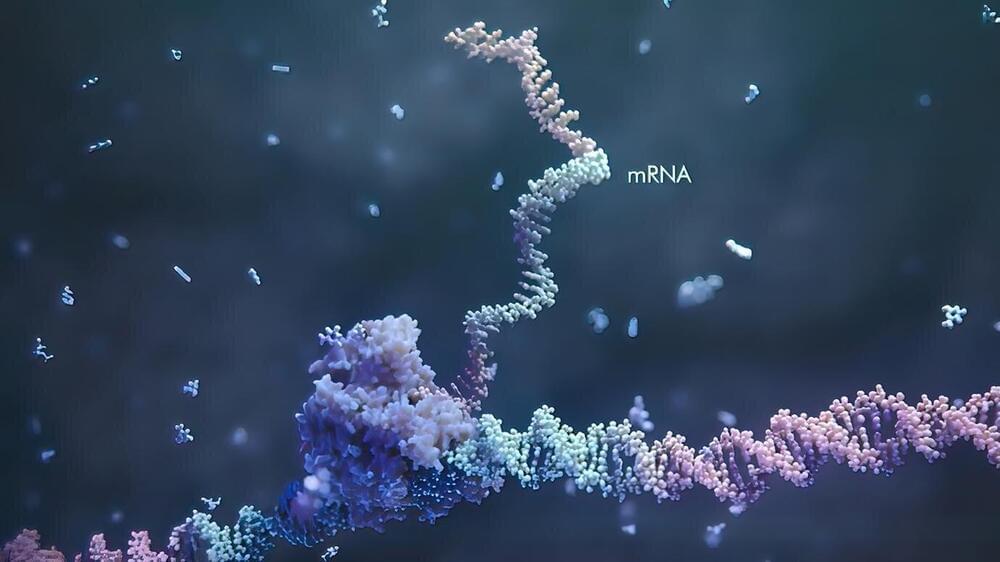PBS Member Stations rely on viewers like you. To support your local station, go to http://to.pbs.org/DonateEons.
↓ More info below ↓
Our DNA holds thousands of dead genes and we’ve only just begun to unravel their stories. But one thing is already clear: we’re not just defined by the genes that we’ve gained over the course of our evolution, but also by the genes that we’ve lost along the way.
Thanks to these illustrators for their wonderful hominin illustrations featured throughout this episode!
Julio Lacerda: https://twitter.com/JulioTheArtist.
Fabrizio de Rossi: https://www.facebook.com/ArtofFabricious/
Jack Byrley: https://twitter.com/bedupolker.
This video features this Paleogeographic Map: Scotese, C.R., 2019. Plate Tectonics, Paleogeography, and Ice Ages, YouTube video: https://youtu.be/UevnAq1MTVA.
Produced in collaboration with PBS Digital Studios: http://youtube.com/pbsdigitalstudios.
Super special thanks to the following Patreon patrons for helping make Eons possible:
Mark Talbott-Williams, Elizabeth Baker, Jake Myers, BuddyTheOtter, The Dec of Cards, Eddy, Andrii Makukha, Angel Alchin, Julie Cohen, salsablog.band, Michael Hof, simon read, Sean C. Kennedy, Eric Roberto Rodriguez, Hillary Ryde-Collins, Facts Dinosaurs, Frida, YaBoiSam36, Matthew Donnelly, Yu Mei, Colleen Troussel, Dan Ritter, faxo, Jayme Coyle, Gary Walker, Amanda Straw, Stephanie Tan, Laura Sanborn, Minyuan Li, Ben Cooper, Leonid, Robert Noah, Matt Parker, Heathe Kyle Yeakley, Jerrit Erickson, Anton Bryl, MissyElliottSmith, Zachary Spencer, Stefan Weber, Andrey, Ilya Murashov, Merri Snaidman, Gabriel Cortez, Marcus Lejon, Robert Arévalo, Todd Dittman, Betsy Radley, Anthony Callaghan, Philip Slingerland, John Vanek, Eric Vonk, Henrik Peteri, Jon Monteiro, James Bording, Miles Chaston, Michael McClellan, Jeff Graham, Maria Humphrey, Daisuke Goto, Gregory Kintz, Chandler Bass, Tsee Lee, Robert Hill.
If you’d like to support the channel, head over to http://patreon.com/eons and pledge for some cool rewards!









